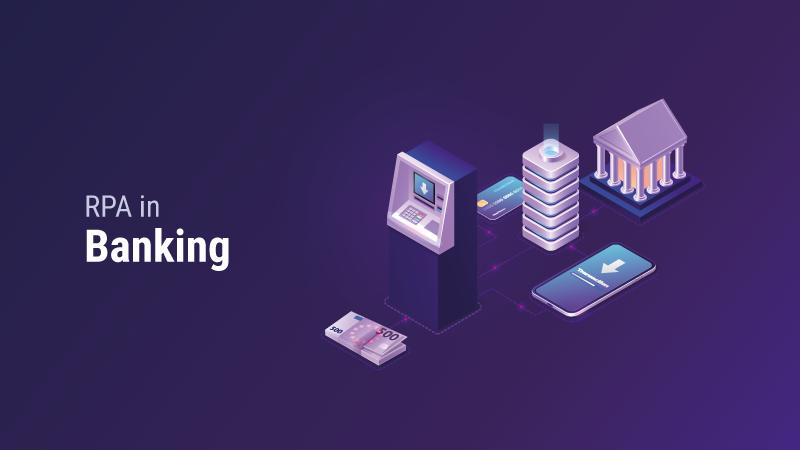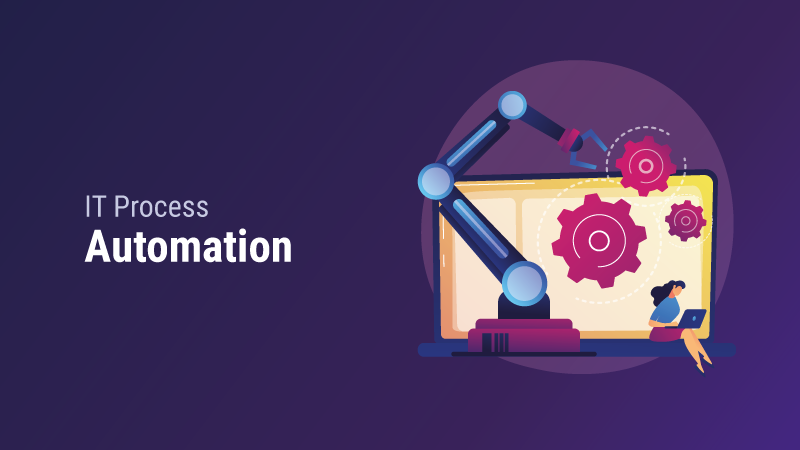In this current world that embraces the modern education system, technology plays an important role in automating monotonous, rule-based, and infuriating tasks. Automated education systems pave the way for the elimination of paperwork and manual processes with the help of software for admission procedures, arranging meetings, monitoring attendance, evaluating assignments and grades, and managing finance. It is quite challenging for the teachers and the administrators to perform all these tasks while le providing the right career path for the students. Moreover, the administrators are burdened with many responsibilities including the smooth and efficient functioning of the educational activities and institution, that are cumbersome.
When it comes to the solution for these routine tasks that enhance the efficacy of educational institutions, Robotic Process Automation (RPA) solutions are the perfect answer.
Use Cases of RPA in the Education Sector
Robotic Process Automation has many use cases that vary according to industries. Let us discuss some of the use cases of RPA in education institutions.
Enrollment process
One of the most time-consuming tasks that educational institutions still have to perform is the student enrollment process. Student enrollment involves a lot of paperwork that is not only difficult but also subject to errors. Evaluating student documents after going through the application forms, and directly verifying their eligibility for the course applied for is tiring.
In order to perform all these tasks in a uniform manual method efficiently and digitally, educational institutions are required to adopt RPA. Trained in a fashion of interpreting situations and making decisions on its own, the RPA bot can reduce manual process interruptions. The tool can examine forms, analyze them, verify the documents, evaluate eligibility criteria and finalize whether or not a student should be enrolled.
Schedule meetings
Another cumbersome task that cannot be avoided is organizing faculty meetings, open house meetings, and committee or board meetings. Meeting organizers need to check the participant’s schedule and organize the meeting as per the availability of the participant. Once the planning and arrangements are done, the organizer should draft separate emails for each participant, sending a message about the date, time, and place of the meeting.
Meanwhile, RPA is capable of fully automating the meeting arrangement process without human intervention. By reviewing the work schedule of each participant, it can inform the concerned people about the meeting schedule via email. Additionally, the bot composes emails with the child’s progress reports to their parents and schedule a meeting if needed.
Track attendance
It is important to keep precise time reviews of the faculty and school administration in order to provide reasonable compensation. Keeping track of the time spent productively by educational partners is necessary as well, which is not possible through manual time registration. Setting up a proper attendance tracking system help organizations gather information about when they are logged in to work.
The RPA tool will be loaded with relevant details to decide the compensation for all the employees for the work they have done for the organization. RPA allows tracking the attendance details, including the in-out time of students, teaching, and non-teaching staff. It is also very easy to export attendance reports and to get various details like the number of sick leaves, paid and unpaid leaves, and employees who work overtime.
Fee Management
Dealing with the fees of a large number of students using manual power is tedious, complex, and difficult to do. With RPA being implemented, an institution can freely create different fee groups without any rush, create scholarship applications, determine any optional fees to be collected (tuition fees, university fees, etc.)
Monitoring students’ performance
RPA bots can prepare student grades and progress reports on the basis of their marks in examinations and in other activities. This way it monitors and evaluates the performance of the students in academics and in co-curricular activities. This enables students and their parents to recognize vulnerable groups and perform better. For the further elimination of the trainer’s workload, RPA tools can automatically extract scores and other details saved in the database, thus automating the entire process.
Benefits of RPA in the Education Sector
Let us move on to the benefits the education sector leap from RPA.
Better management
Organizations have been provided with a centralized management server, which is capable of tracking, scheduling, managing, and implementing RPA bots remotely. Since it is easy to incorporate specific operations or requirements in the automation rules, Robotic Process Automation enables institutions to manage business functions effectively in order to maintain better governance. This allows auditing and analytics to take place in one place and receive critical reports through the RPA at regular intervals for the purpose of audit and analysis.
Increased productivity
Since RPA handles most of the mundane tasks, the employees who were required to perform those tasks will have more free time. As a result, employees can concentrate on devoting their valuable time to do perform more productive and strategic tasks. Educational institutions can manage large-scale tasks smoothly and complete them without wasting time. This suggests that firms can improve their functionality with RPA, which can help maximize their revenue.
Improved work execution
One of the significant features of RPA is that it can perform a specific, predetermined job full time without errors. When a task is completed with minor errors, it does not require reconstruction. Operational excellence facilitates institutions to enhance their overall performance and gain more profit.
Low expenditure
The RPA tools are capable of handling monotonous and high-volume tasks and performing them quickly and at a lower price when compared to the cost of executing those tasks manually. This will allow educational institutions to improve the base itself.
Wrap Up
In fact, the RPA is transforming the meaning of how businesses have conducted their operations so far. Now we have gone through the potential capabilities of RPA when used in the education sector. However, if we take the rate at the adoption of RPA in education, then it is lower than in any other sector. Perhaps one reason is lack of proficiency and knowledge about the working and implementation of Robotic Process Automation. Teachers and school administration should be given the necessary training on the concepts of RPA and its activities. This is the first step in adopting this amazing technology to increase the confidence of educational institutions and not lose sight of this trend.
Read more about RPA
- RPA in Logistics
- Intelligent Process Automation
- IT Process Automation Explained
- RPA in Banking
- RPA in Telecommunications
- RPA in Healthcare
- RPA in Insurance
- RPA in Accounting
- RPA Challenges
- RPA in Real Estate
- RPA Examples
- RPA in BPO
- RPA Security


